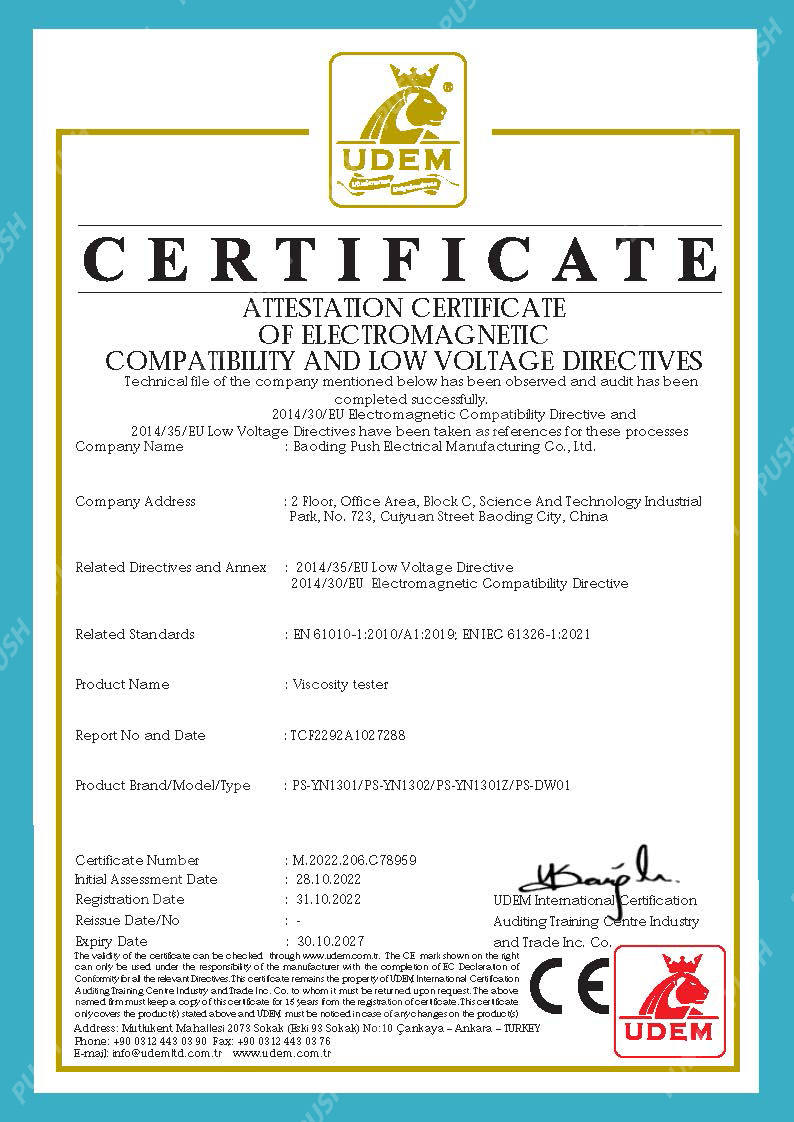 English
English


Understanding the Continuity Testing Procedures for Three-Phase Transformers to Ensure Optimal Performance
Three-Phase Transformer Continuity Test
A three-phase transformer is an essential component in electrical power systems, facilitating the efficient transmission and distribution of electrical energy. To ensure its reliable operation, several tests are conducted during its installation and maintenance phases. One of these critical assessments is the three-phase transformer continuity test. This test plays a vital role in verifying the integrity of the windings and interconnections within the transformer.
Understanding the Continuity Test
The continuity test aims to determine whether electrical continuity exists in the windings of the transformer. This process involves checking each winding for any open circuits or shorts, helping to identify faults that may lead to inefficiency or failure during operation. A healthy transformer should exhibit low resistance across its windings, indicating that electrical signals can flow without hindrance.
Test Procedure
The continuity test involves a straightforward procedure that can be accomplished using a digital multimeter or an ohmmeter. Here is a step-by-step guide to conducting a three-phase transformer continuity test
1. Preparation Before beginning the test, ensure that the transformer is de-energized, and all necessary safety precautions are taken. Lockout and tag-out procedures must be in place to prevent accidental energization during testing.
2. Disconnecting the Transformer Remove any external connections to the transformer to isolate it from the power system. This step is crucial to prevent inaccurate readings and ensure the safety of the personnel conducting the test.
3. Measuring Resistance Using a digital multimeter set to the resistance (ohms) mode, connect the probes to the terminals of each phase winding. Record the resistance values for all three phases. Ideally, these values should be close to each other, indicating that the windings have similar resistance characteristics.
3 phase transformer continuity test

4. Analyzing Results If any phase shows a significantly higher resistance value than the others, this could indicate a potential issue like an open winding or a loose connection. Conversely, if any phase shows near-zero resistance, it might suggest a short circuit, requiring further investigation.
5. Intra-phase Comparison After measuring individual phases, compare the results. A balanced three-phase transformer should have windings with similar resistance readings. Deviations beyond 10% of the average resistance can point to abnormal conditions needing further examination.
Importance of the Continuity Test
Conducting a continuity test on a three-phase transformer is paramount for several reasons
- Prevention of Failures Identifying open circuits or shorted windings before the transformer is put into service can prevent catastrophic failures that may lead to extensive damage and costly repairs.
- Enhanced Reliability Ensuring that all three phases are functioning correctly contributes to the overall reliability of the power system, minimizing downtime and enhancing operational efficiency.
- Safety Faulty transformers pose safety risks, including electrical fires and hazardous malfunctions. Continuity testing helps mitigate these risks by ensuring that the equipment operates safely.
Conclusion
The three-phase transformer continuity test is an indispensable procedure in the field of electrical engineering. By assessing the integrity of the transformer windings, this test not only ensures the operational efficiency and safety of the equipment but also plays a crucial role in the reliability of the entire electrical system. Regular testing and maintenance of transformers, including continuity tests, are essential practices for any electrical facility, ensuring that they can meet the demands of modern energy consumption while minimizing risks associated with electrical failures.
-
Differences between open cup flash point tester and closed cup flash point testerNewsOct.31,2024
-
The Reliable Load Tap ChangerNewsOct.23,2024
-
The Essential Guide to Hipot TestersNewsOct.23,2024
-
The Digital Insulation TesterNewsOct.23,2024
-
The Best Earth Loop Impedance Tester for SaleNewsOct.23,2024
-
Tan Delta Tester--The Essential Tool for Electrical Insulation TestingNewsOct.23,2024





